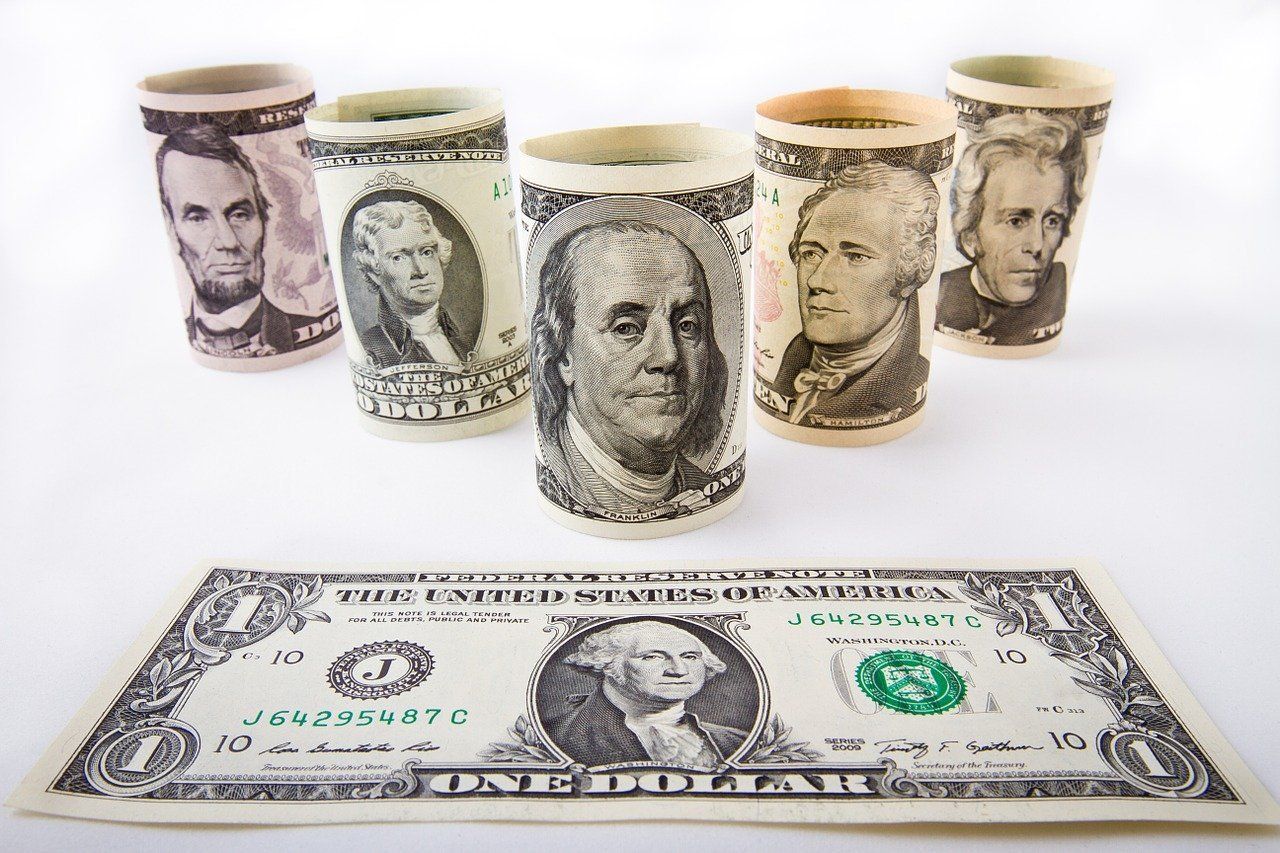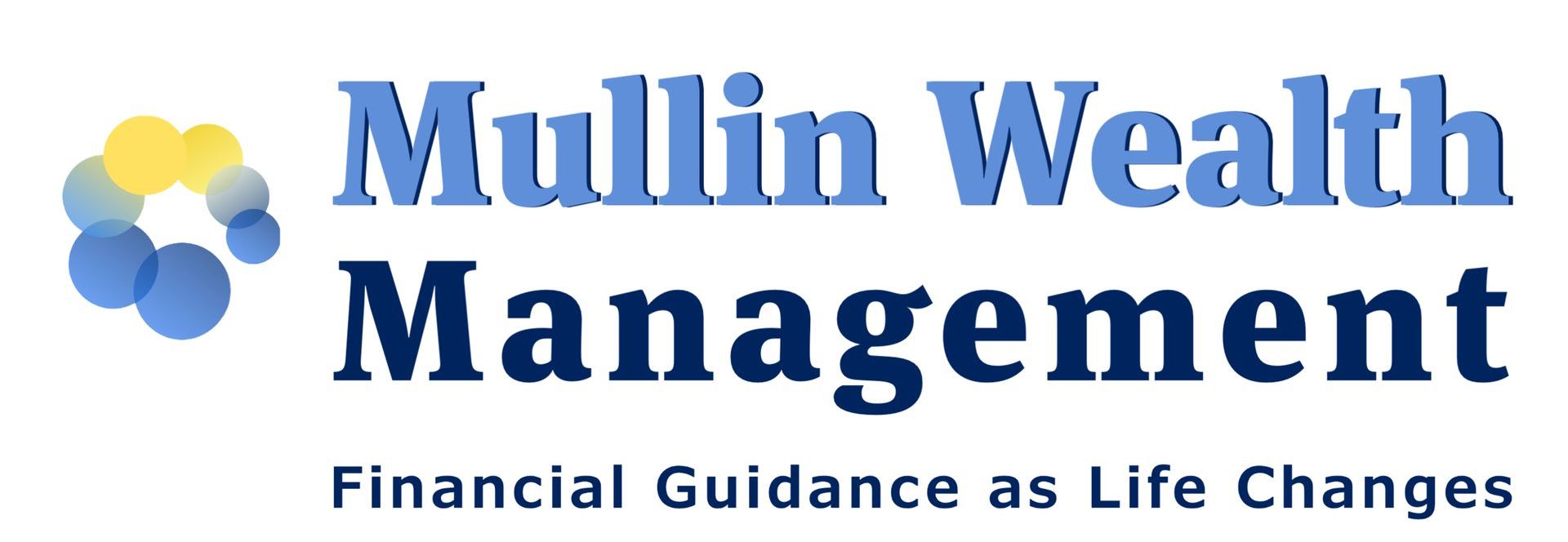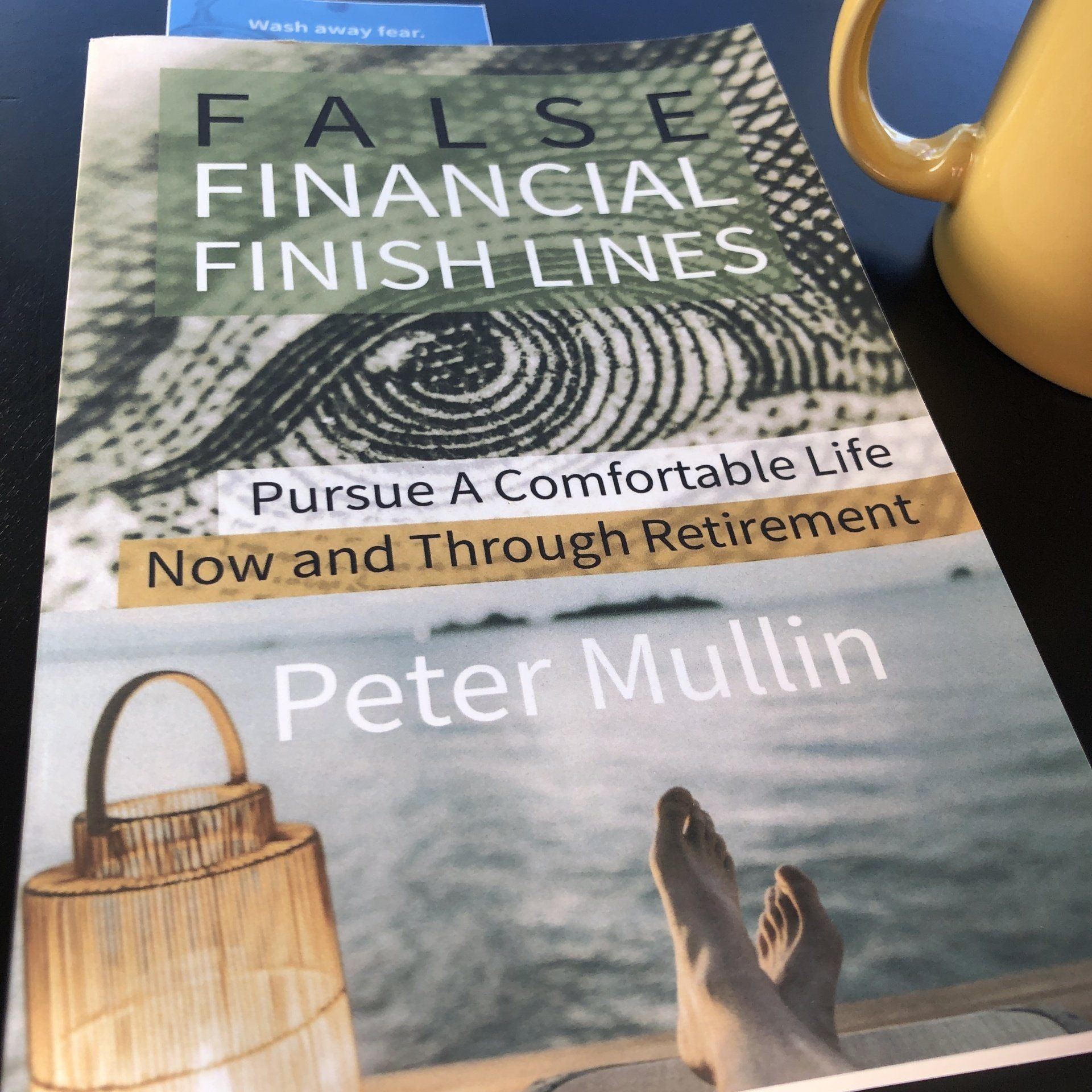Cash is King

Portfolio Bulletin
3rd Quarter | July 2021
Money in the bank for Americans
In April, I wrote about the Little Engine That Could. We are climbing the mountain of worry together.
- Americans have historically high levels of cash in the bank.
- More tax credits are coming this month, just as jobless claims ticked up a bit.
- Lumber fell by 20% in 5 days. And it’s now 67% lower than it’s peak. (Business Insider)
- The WSJ shared a chart that showed used car prices are up 40%!
Americans have a massive cash pile in the bank. What will continue to help offset the crazy expense of some of these increases in the market is this cash pile. Time will also bring prices back down.
Are you an optimist? You would know by now. Things should be okay. In fact, if history rhymes, we should be okay for at least three more years. The average expansion lasts at least five years. In more recent history we could have 7-9 years of good times ahead of us, according to LPL Research.
>> MidYear Outlook by LPL Research <<
Where is the cash?
One critical question in my investment process when placing client money is one of cash. Cash is back by popular demand in 2021.
Want to see what happens when cash is just not there for a company? Give me a call and we will walk-through March 2020-March 2021. (Hint: March 2021 finally saw a lot of cash-strapped companies fall down and go boom. There was a lot of exuberance by then, too.)
Some more growth-centric clients were noting in March and April that we were not keeping up with the results of the Dow Jones. What was happening? At that time, Apple – one of the largest companies in the Dow Jones was actually negative YTD. In July, that quickly changed and Apple is now positive YTD (12% + YTD as of July 14.)
Things quickly change. You see, in the hyper short-term, investing can feel like a gambling machine. But as the tide washes out and we chug along into what should be good times, the facts of healthy companies come alive. We see what lurks beneath the waters. I want to see the cash beneath the surface. Just like when we are swimming we prefer a warm, and sandy bottom, rather than slimy weeds.
At the beginning of this year, Apple had about $195 billion in cash. (CNBC). That is Billion, with a “B.” But investors were still chasing cash-strapped companies that were hyped as “Stay At Home” companies. Which is curious as I now write about this. The most used device in my home is still the phone.
Tesla is another curious one. They received $3.3 billion over the past 5-years from government emissions credits, according to CNN. They got $1.6 billion of those credits in 2020. Their income was $721 million last year. Do the math. Hint: They would have shown an income loss without the emissions credits. By the way, Apple had about $57 billion in profit. (Companies named are not individual stock opinions nor recommendations. This is for informational purposes ONLY.)
Portfolio Highlight
E-commerce: How much of retail sales took place online in 2020? Just 15% of sales occurred via e-commerce, according to Statista. And now that the initial boom is likely past, we can look at companies that generate cash, and have cash on-hand.
Mid-Year Money To Do’s
- Consider refinancing your mortgage
- Now might be a great time to sell your used vehicle and make a deal. The Wall Street Journal shared a chart reminding us that used vehicle prices are up as much as 40%! I think a smart move may be selling your used vehicle and getting into – hold your breath – a lease. You could ride out the supply shortages with a lease and come back and buy a vehicle, again, in a few years.
___________________________________________
Investing involves risks including the possible loss of capital.
Stock investing involves risks, including the loss of principal.
The opinions voiced in this material are for general information only and are not intended to provide or be construed as providing specific investment advice or recommendations for any individual security. To determine which investments may be appropriate for you, consult your financial advisor prior to investing.
All indexes are unmanaged and cannot be invested into directly. Unmanaged index returns do not reflect fees, expenses, or sales charges. Index performance is not indicative of the performance of any investment. All performance referenced is historical and is no guarantee of future results.
No strategy assures success or protects against loss.
Securities and Advisory services offered through LPL Financial, A Registered Investment Advisor, Member FINRA/SIPC.
- Mullin's take on the "4% Retirement Rule"
- Navigate "Bad Portfolio Weather"
- Tips to Optimize Social Security







Articles and Assets
What are your Priorities?
Well it’s the end of the year. I just searched on Google for “market outlook 2018.” I came up with a little over 58-million “results.”
So should you be investing in stocks in 2018? The quick answer: It’s likely a prudent part of your portfolio. But it depends on your circumstances, right?
It’s apparently popular to throw your hat in the ring.
A mantra that you hear among disciplined professionals is to “stay the course.”
Then you hear “sell high, buy low.”
Who’s right?
The relief of a disciplined strategy is that it can be tailored to you. And tailor we think you should.
Yes, it’s possible that an investor may not utilize stocks in their portfolio at all. Or you may decide to go “all in” with a diversified stock portfolio.
(Side effects from tailoring a strategy may include increased confidence & persistence, apathy toward daily market reports, and increased focus on what really matters.)
Let’s begin with the “Why” of investing for you. Then you can request 15-minutes on the phone discuss your “how.”
So “Why Should You Invest”
Life changes and our “why” of investing ought to transform with life. Some invest for sport – they like the risk/reward of investing – they’re in it for the thrill. I don’t hang with this crowd.
Most of us ought to invest for things we want. Our money & our goals are serious. By investing in a diversified portfolio we can pursue things we want.
1. Living A Comfortable Retirement: Retirement is a noun. It’s up to you to really design and live a retirement that reflects you.
2. Purchasing a Home: Home is a place to live. It can take a down payment.
3. Passing an Inheritance on to Family:
4. Student Loan Shield: This idea is important for many Millennial graduates. Student loans can dominate your budget. But instead of accelerating those payments, what if you paid your required payments, and then invested the additional money that you were going to pay against your loan balance?
5. Emergency Reserves: You probably have read that it’s prudent to keep a relative healthy amount of cash in your checking/savings. Once you’ve achieved that, then you can consider investing additional funds. Go a step further and consider a non-retirement account for you and your house. You can spend this on cars, vacations or use it just as described in #4.
The Dow Jones has seen positive results, so far, in 2017. It’s unusual and sort of uncomfortable as the independent financial advisor. Why is it uncomfortable?
What would sting & linger longer? Finding $20 in the parking lot? Or finding a $20 parking fine on your windshield?
We’ve been finding a lot of metaphorical “$20’s” (i.e. “positive results”) in our portfolios this year. So the second we find a parking fine (or a few in a row) we’ll be sure to ask if stocks are still the right place to park our money.
Complacency can work against us, Dear Clients. Just keep recalling your long-haul strategy and your “why” of investing.
***
Peter Mullin is an independent financial advisor registered through LPL Financial. He lives in Rogers, MN with his family. He was born and raised in St. Cloud, MN. Mullin Wealth Management is located in Waite Park, MN.
The opinions voiced in this material are for general information only and are not intended to provide specific advice or recommendations for any individual.
Investing involves risk including loss of principal.
There is no guarantee that a diversified portfolio will enhance overall returns or outperform a non-diversified portfolio. Diversification does not protect against market risk.
All performance referenced is historical and is no guarantee of future results.
All indices are unmanaged and may not be invested into directly. No strategy assures success or protects against loss.







